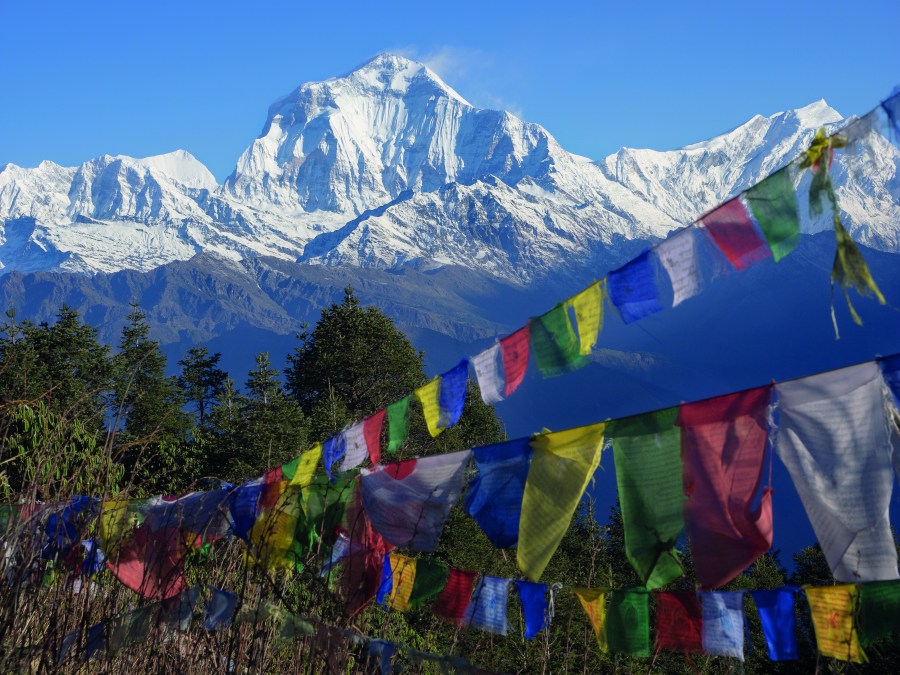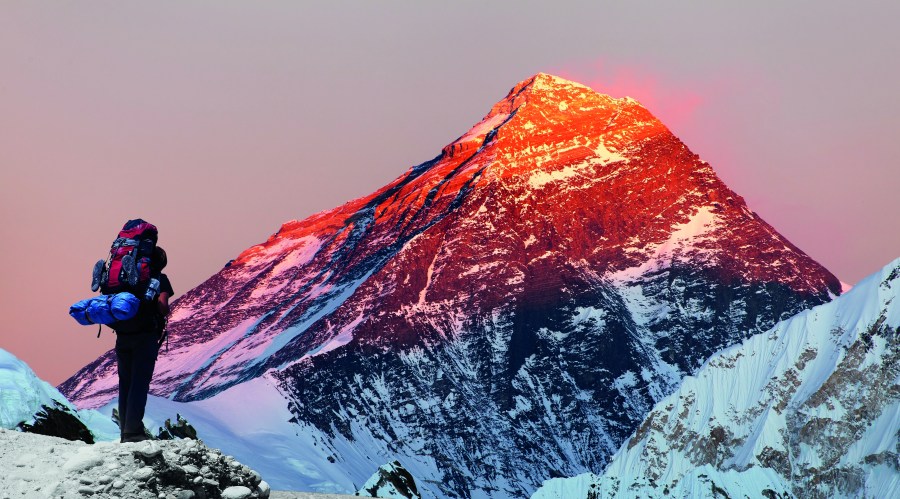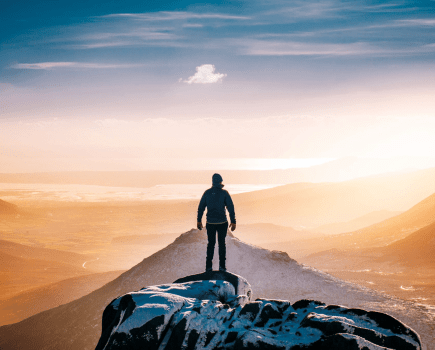Nepal has banned solo hiking in its national parks, citing safety concerns and job opportunities – but critics say the policy is unfair and may be ineffective.
From April 1 it will be mandatory for independent hikers in the Himalayan country of Nepal to hire a guide or porter, after a policy change by the country’s tourist board.
Tourist officials say the policy will improve safety, prevent deaths and create up to 40,000 jobs – but critics label the policy an unfair attack on freedom of movement which may not succeed in its stated aims. They say budget travellers and those seeking solitude in the mountains are being unfairly excluded.
Supporters of the policy cite life-or-death safety concerns. “Every year some 10 to 15 hikers go missing, mostly free independent trekkers, and this is serious”, says Nilhari Bastola, president of the Trekking Agencies Association of Nepal.
Words: James Forrest | Main image: a hiker looks up at Everest from the Gokyo valley | Photo: Shutterstock
Tragedies involving solo trekkers in the country are not uncommon. In December 2022 South Korean tourist Lee Myungkap died after falling ill during high-altitude trekking in the Everest region, for example. Global warming and the associated risks of rock-fall, unpredictable weather, avalanches and flash floods are increasing danger levels too.
The hope is that hiring an expert guide – for $25 to $50 a day – will prevent such accidents, and bring economic benefits to Nepal’s flailing post-pandemic economy. Mr Bastola adds: “We have estimated that roughly 40,000 Nepalis will get new employment if the rule is enforced. It will generate jobs. That’s good for Nepal’s economy.”
U-Turn?
Solo climbing has been banned in Nepal’s mountains since 2017, including on Mount Everest, and from April 1 that mandate has been extended to include trekking – a policy advocated by some quarters as far back as 2012.
The new rules affect international tourists of all experience levels (but not locals) and apply to iconic trails such as the 150-mile Annapurna Circuit. Trekkers can still embark on solo hikes outside of national parks, such as around the city of Kathmandu, and organised group treks will be unaffected by the changes.
But how will the policy affect the 22,000 solo trekkers who head to Nepal’s hiking paradise every year? The cost of their holiday will increase, of course, but for many it’s something more ineffable that will be lost – the sense of escapism, freedom, self-reliance and solitude that comes from facing the challenges of the mountains alone.

Annapurna from Poon Hill on the Annapurna Circuit. Photo: Shutterstock
Adventurer Alex Staniforth, who twice attempted to summit Mount Everest, tells The Great Outdoors: “My most enjoyable and rewarding trip to Nepal was a solo trek in 2017. I can understand the safety concerns, but generally people who go solo trekking are competent enough to do so at their own risk.
Nepal has introduced all sorts of regulations in recent years to make more money, but they are rarely enforced. Can we really lose the freedom to trek where we please?”
Ash Routen, a journalist specialising in polar and high-altitude expeditions, adds: “Nepal is an attractive destination for solo hikers because it’s cheap and has good trekking infrastructure. If the ruling does come to fruition, the increased cost and lack of freedom might well put off foreign solo trekkers.”
The financial motivation for the policy is “perfectly understandable given the impact of covid on the trekking industry in Nepal”, he adds, but queries whether the Nepalese guiding workforce will be able to cope with such a sudden and sharp spike in demand for services.
He is also dubious about how things will pan out. Will the Nepalese government perform a u-turn, like it did on this very subject back in 2012? How will the policy be enforced in practice on the ground? And when will the somewhat unclear rules be explained and clarified in more depth?
“Let’s not pretend this is about safety”
One British hiker directly affected by the policy change is Graham Uney, a professional mountain guide who is planning a personal trek to the Khumbu region in April with a friend. “The problem with the latest requirement from the Nepalese government is that they are effectively banning all independent travel in their country, and that’s an important part of the trekking market. Insisting on all trekkers having a guide just makes what may have been independent travel a commercial expedition, and many trekkers don’t want that.
“For my personal trek in the Khumbu, which is just me and a friend going for a bit of a walk for a couple of weeks, I may have to employ a guide. It’s not about the money. I’d be very happy paying our guide to stay at home. If I’m going to be accompanied, against my will, by a guide on the insistence of the Nepalese government, at the very least I’d want that guide to be better qualified than me, and have a better understanding of what to do in an emergency. Sadly this is unlikely to be the case. So let’s not pretend that this is about safety.”
Local tour companies, however, have welcomed the new rule. Udaya Subedi, the owner of Happy Treks Nepal in the city of Pokhara, told the New York Times that the policy would ensure the safety of trekkers and prevent tragic deaths. Rupak Parajuli, the co-founder of Mount Mania Treks and Expedition in Kathmandu, expressed a similar opinion, stating that for only $25 a day travellers would guarantee their safety and security.
But other locals are not so convinced. Tourism entrepreneur Basant Raj Mishra told The Kathmandu Post that the policy needs proper research before being implemented. He said: “Trekkers come here for adventure. They want free movement. Imposing mandatory rules on free movement is always counter-productive.”
Read more: How the death of permafrost is changing mountaineering








